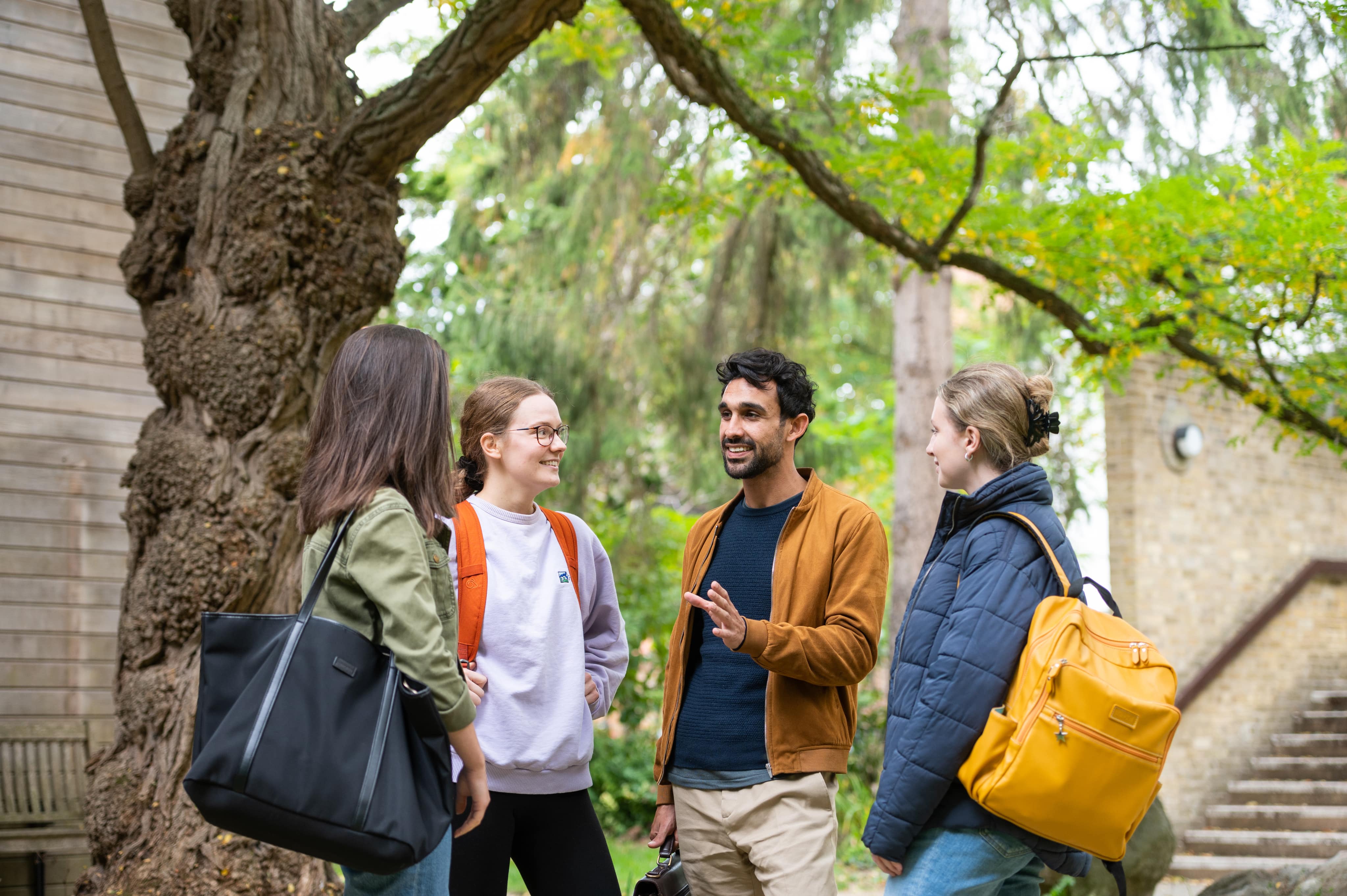The Project
Deanery Digests are short, plain language summaries of the Department of Education’s research outputs. This Deanery Digest is based on this research article: Features of digital media which influence social interactions between adults and children aged 2–7 years during joint media engagement: A multi-level meta-analysis
What is this research about and why is it important?
According to Ofcom, 87% of 3–4-year-olds used online digital activities in 2022. High rates of media use in young children has been linked to poorer language growth, potentially because it displaces other more nourishing interactions such as shared reading and adult–child conversation.
However, not all media use is necessarily bad: the quality of screen-time matters a great deal. One of the best ways to harness the benefits is for parents to join their children in using media together. Research shows young children learn more from media when an adult joins them, and many professional bodies (e.g. the American Academy of Paediatrics) highlight the importance of parent-supported media use.
Unfortunately, almost a third of preschool children in England typically use apps alone, according to Government data. And, when parents do join their children, they tend to use fewer high-quality interaction strategies than when sharing traditional media like books or games. Currently, very few of the apps downloadable via the AppStore or GooglePlay support parent-child social interactions.
We aimed to find out if adult-child interactions with digital media (such as apps, e-books and digital games) can be enhanced through digital design and – if so – how, and for whom. We wanted to find out whether ‘designing for interaction’ could help make children’s screen-time more nourishing.
What did we do?
We conducted systematic review. Systematic reviews aim to find all research studies conducted on a particular topic and summarise what this body of evidence can reliably tell us. This helps avoid any biases, for example the temptation to selectively report studies which ‘fit’ with our initial theories.
We searched for studies that assessed the impact of one or more digital design features on adult-child interactions with digital media, focusing on children aged 2–7. We were most interested in interactions likely to promote beneficial child outcomes, particularly oral language skills.
Our search generated more than 10,000 reports of research for us to screen. We assessed each report against a set of pre-specified eligibility criteria for the review. We also assessed the methodological quality of each study to help us understand how much we can trust the overall findings of this body of research. In the end, we found only 18 research reports (from 15 research studies) which met all of our eligibility criteria. This shows that this area is still an emerging field of research. However, we are able to draw some tentative conclusions about what we currently know about the effects of adult-child interaction when using digital media.
What did we find?
1. We found that digital design features can shape adult-child media interactions, including a large effect on parental language input.
2. The strongest evidence was found for conversation prompts embedded into e-books. Studies included in the review found, for example, that parents who shared an e-book with embedded conversation prompts with their preschool child talked more – and used higher quality language interactions – than parents reading the same e-book without prompts. For example, they used a wider range of words, used more ‘open’ questions and had longer conversations.
3. Media developed by (or with) researchers had larger effects than commercially-designed media, perhaps because they were more aligned with principles of child development and learning.
4. There are still many gaps in our research knowledge. Few studies have been carried out on this topic so far. Most of these have focused on e-books, on children aged 3-5, and on touchscreen devices. We know little about how to enhance adult-child interaction outside these contexts (e.g. when children are using other apps or digital games). The evidence gathered so far is not sufficient to tell us whether the benefits identified for adult-child interaction translate into benefits for wider child and adult outcomes (e.g. child learning). Only half of the reports we found were graded as being of high methodological quality.
What does it all mean anyway?
Our findings suggest promise for digital design in supporting parents to use language-enhancing interactions when using media with their preschool children. This is important because preschool language skills underpin children’s later literacy, wider academic and life outcomes; because children’s interactions with adults form the greatest influence on those early language skills; and because parents tend ‘naturally’ to use fewer high-quality language-supporting strategies when sharing digital media with their children than when sharing traditional media such as books.
Developers should be encouraged and supported to design apps with adult-child interaction in mind and, specifically, to consider building conversation prompts into e-books as standard practice. Industry-research partnerships may be important to achieve the most interaction-enhancing designs.
Parents can use e-books with conversation prompts to have language-supporting conversations with their children.
Early education providers can work with parents to raise awareness of the importance of joining and supporting their children’s media use; and encourage them to use conversation-enhanced e-books to provide children with language-enriching interactions.
These findings may matter most for disadvantaged preschool children, who have both the highest levels of media use and the greatest risk of language delay. Unfortunately, we were not able to examine whether effects were seen specifically for families with low socioeconomic status (SES) because very few studies reported SES data. More work is needed in this area.
The next step for researchers is to carry out more robust studies in this area, in order to guide design, practice and policy – and to fill the gaps in knowledge identified by our systematic review.
Material, data and open access article
This Deanery Digest has a CC BY-NC-SA license.

